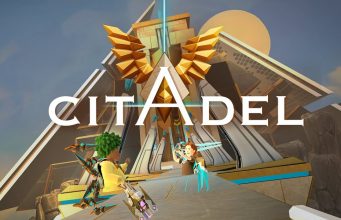Roblox Developer Conference Attendees Receive Free Quest Pros Ahead of Quest 3 Launch
Roblox has done very well on Quest. When it launched on the standalone VR platform back in July, it managed to break one million downloads in its first five days, essentially making the online game the hottest social VR platform currently available on Quest. Now Roblox has also showered attendees at its annual developer conference this past weekend with free Quest Pros.
Despite being in direct competition with Meta’s Horizon Worlds social VR platform, there doesn’t seem to be any bad blood over the explosive growth of Roblox on Quest.
A message was sent to attendees at RDC23 this past weekend, stating that Meta is footing the bill to provide a heap of free Quest Pros, its $1,000 mixed reality standalone.
“The news is out! We want to give a special thanks to our partner meta. They have offered to provide all RDC23 attendees with Meta Quest Pro headsets to help you create the best Roblox experiences for VR,” the message reads.
Developers didn’t have to wait long, as they collected their free Quest Pros on site at RDC23.
During the RDC 2023 keynote, Baszucki also revealed that Roblox now features “over 50,000 experiences that are ready right now on Meta Quest.”
Roblox is currently available on the Quest platform via App Lab, however the company says it’s set for its “full” release on Quest sometime in September. Baszucki didn’t specify when, although it’s a good bet that the popular social platform will be a launch day title on Quest 3, which could come as early as September 27th during Connect, Meta’s annual developer conference.
The company also announced Roblox is headed to PlayStation in October, however it’s not clear if that will include PSVR or PSVR 2 support as well.
Roblox Developer Conference Attendees Receive Free Quest Pros Ahead of Quest 3 Launch Read More »












